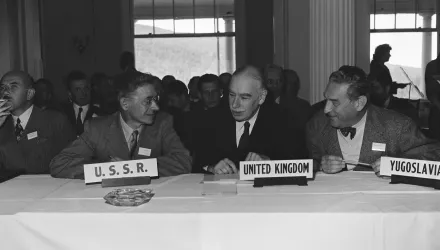International Security is America's leading peer-reviewed journal of security affairs.
Summary
The historical record indicates that nonviolent campaigns have been more successful than armed campaigns in achieving ultimate goals in political struggles, even when used against similar opponents and in the face of repression. Nonviolent campaigns are more likely to win legitimacy, attract widespread domestic and international support, neutralize the opponent’s security forces, and compel loyalty shifts among erstwhile opponent supporters than are armed campaigns, which enjoin the active support of a relatively small number of people, offer the opponent a justification for violent counterattacks, and are less likely to prompt loyalty shifts and defections. An original, aggregate data set of all known major nonviolent and violent resistance campaigns from 1900 to 2006 is used to test these claims. These dynamics are further explored in case studies of resistance campaigns in Southeast Asia that have featured periods of both violent and nonviolent resistance.
Chenoweth, Erica and Maria Stephan. “Why Civil Resistance Works: The Strategic Logic of Nonviolent Conflict.” Summer 2008
The full text of this publication is available in the link below.







